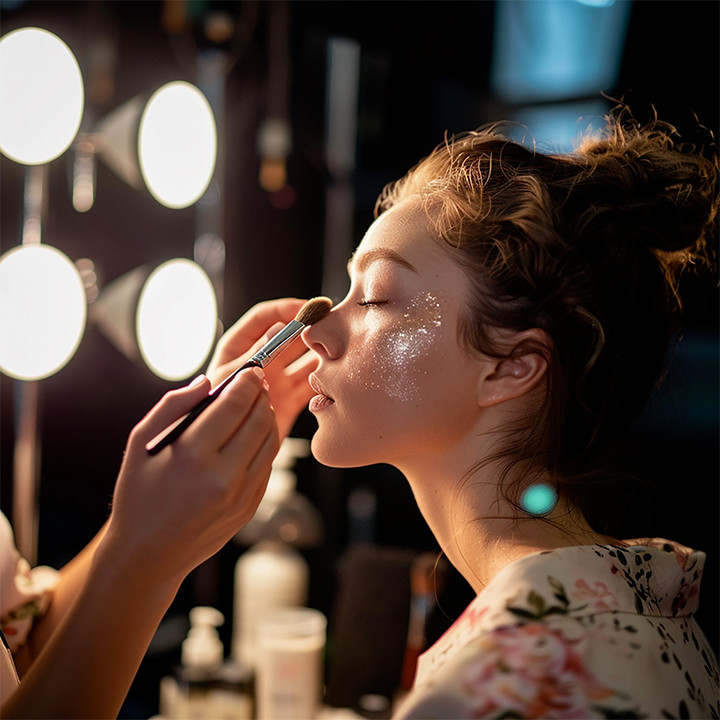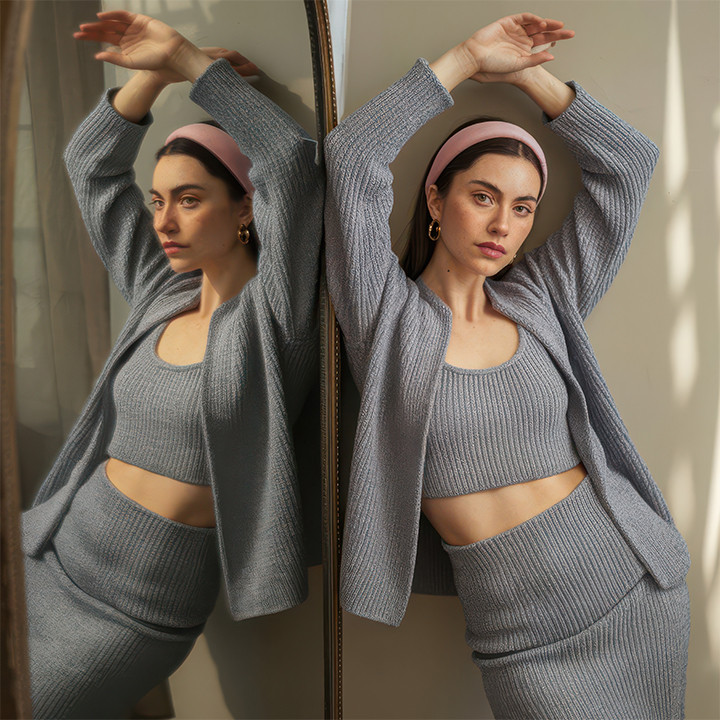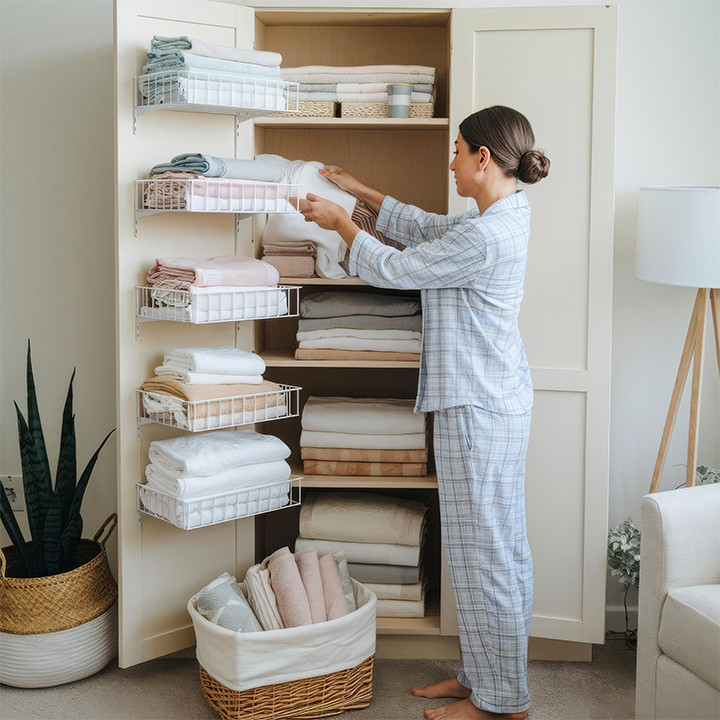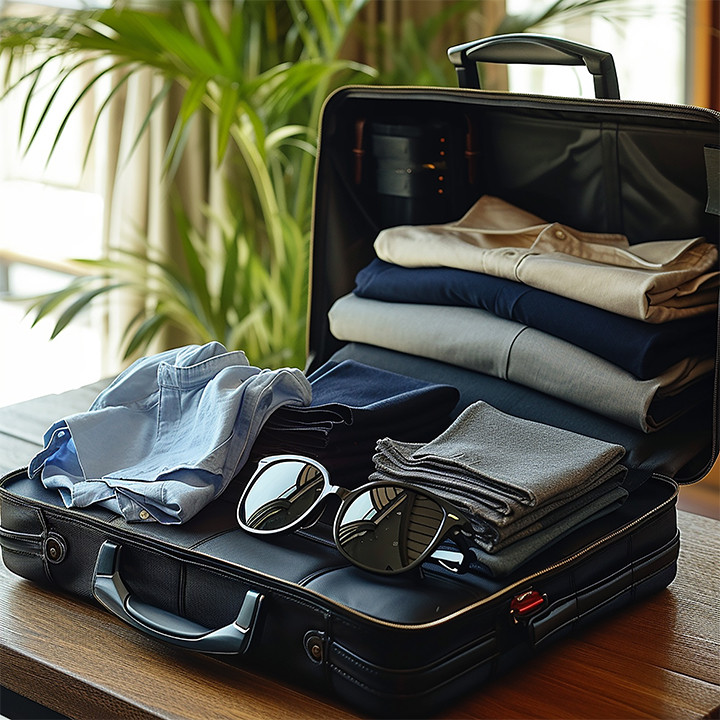
How Minimalist Trends Are Making Waves?
In recent years, fashion has seen a major shift from extravagant designs and bold patterns to subtle sophistication. Minimalism, once considered basic, is now a powerful statement in itself. It is no longer about being plain or boring—it’s about embracing a clean, effortless aesthetic that celebrates quality over quantity. The modern minimalist wardrobe is filled with timeless silhouettes, soothing neutrals, and high-quality fabrics that speak for themselves. People are drawn to minimalist fashion because of its quiet elegance and adaptability. It’s practical yet polished—a reflection of a lifestyle where intentional choices matter more than following every fleeting trend.
Color Code
Color plays a huge role in minimalist trends. Unlike maximalist fashion, where colors clash to make statements, minimalism focuses on soft neutrals, earthy tones, and monochrome palettes. Shades like beige, off-white, charcoal, olive, and blush dominate minimalist collections. Designers are now also incorporating soft pastels and cool undertones that maintain visual calm while adding a layer of modern appeal. The absence of loud prints and heavy graphics creates room for colors to flow harmoniously, resulting in outfits that feel both clean and refined. When it comes to color, minimalism proves that subtlety can be just as eye-catching.
Key Pieces
Minimalist fashion thrives on essential wardrobe pieces. These are not just basics but refined staples that anchor your entire look. Think: a crisp white shirt, well-fitted denim, structured blazers, sleek trousers, and high-quality knitwear. These pieces are seasonless and versatile, allowing multiple styling combinations without the clutter. Every minimalist piece is chosen with intention. It's not about having fewer clothes—it’s about having the right ones. Each garment brings long-term value and seamlessly fits into a curated closet.
Fabric First
In minimalist fashion, fabric does the talking. Premium cotton, linen, silk, wool, and other natural fibers are celebrated for their texture, breathability, and longevity. These materials provide not just visual appeal, but also comfort and durability. Fast fashion relies on prints and loud design, but minimalism uses fabric texture and cut to create visual interest. A ribbed knit dress, a silk slip, or a wool coat becomes striking in its simplicity. The tactile nature of these fabrics elevates an otherwise simple design into something luxurious and thoughtful.
Design Details
While minimalist clothing may seem simple at first glance, the magic lies in the details. Tailored seams, structured shapes, hidden zippers, and clean hems are all carefully considered. Instead of flashy logos and excessive hardware, subtle features like an asymmetrical cut, sharp collar, or side slit become focal points. Minimalist design is also deeply functional. Clean lines and thoughtful construction often translate into clothes that fit better, move better, and last longer. This attention to detail is what makes minimalist pieces wardrobe investments rather than seasonal whims.
Modern Appeal
Minimalist trends are resonating strongly with Gen Z and Millennials, especially due to growing awareness around sustainability and mindful consumption. The “buy less, choose well” mindset fits perfectly with minimalist fashion, which promotes longevity and ethical production. Whether it's a monochrome outfit or a neutral-toned flat lay, minimalist fashion is dominating Instagram, Pinterest, and TikTok for its clean, editorial-worthy aesthetic.
Final Word
Minimalist trends are more than a passing phase—they represent a cultural and fashion-forward movement that values elegance, function, and mindfulness. As fashion continues to evolve, the minimalist wave reminds us that sometimes, less truly is more.




